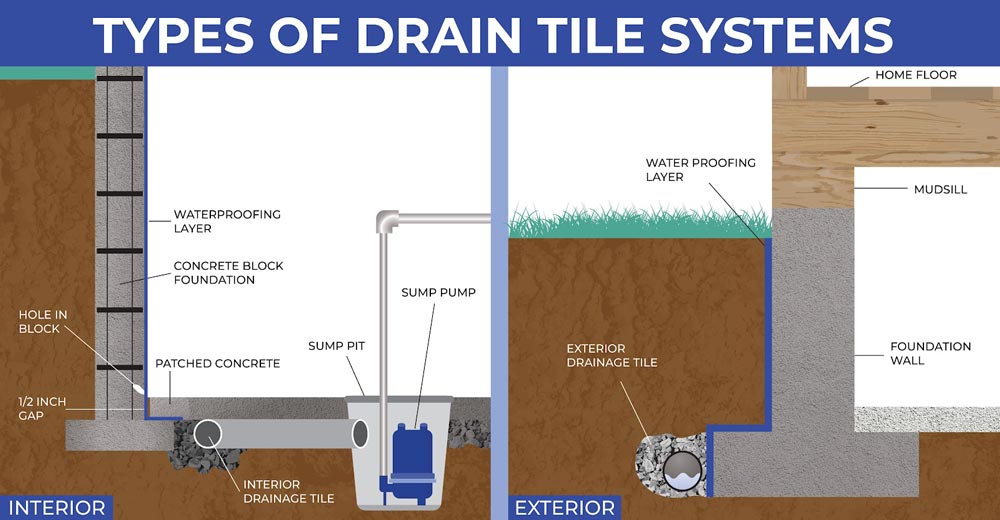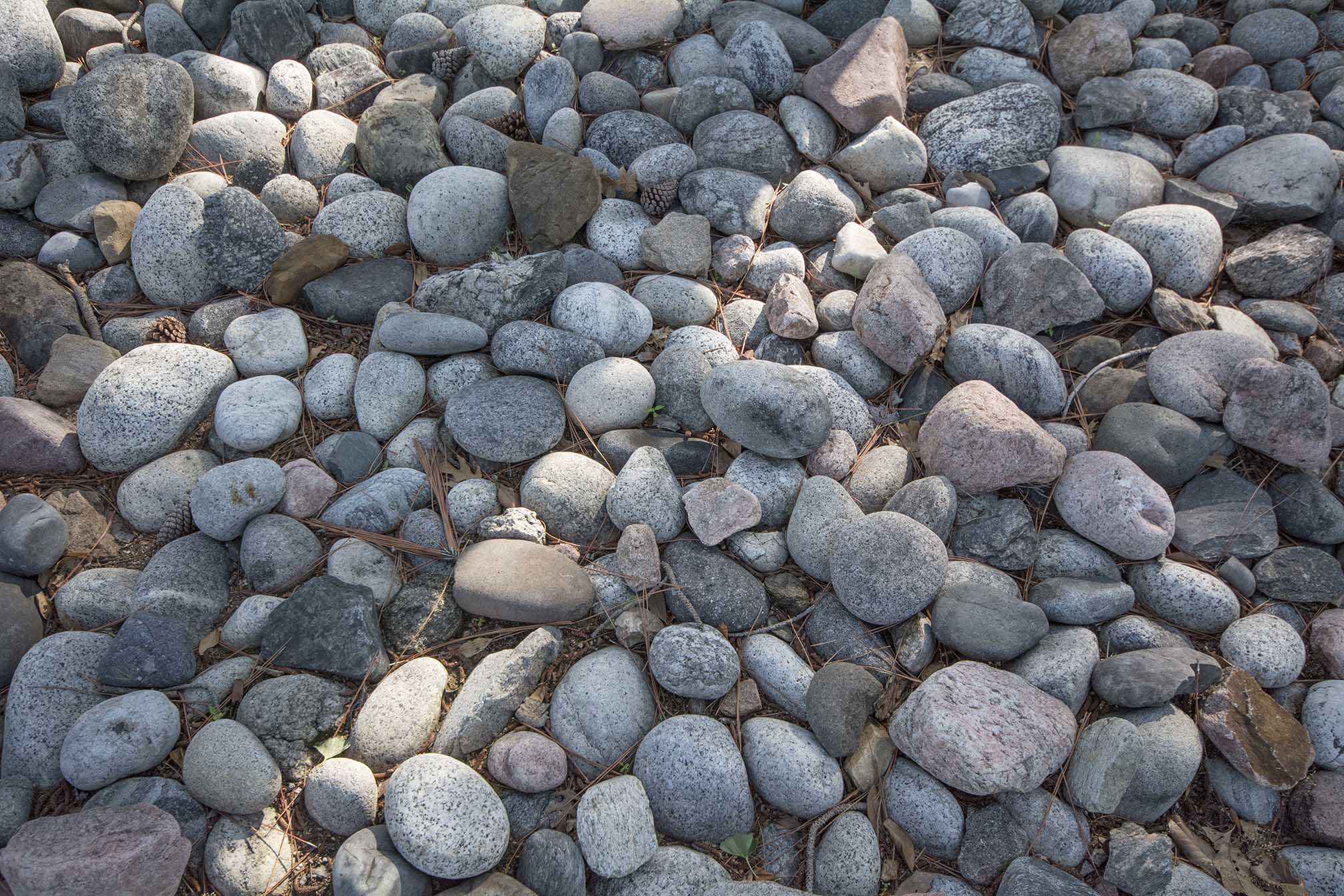Common Pitfalls to Watch Out For When Building a Portland French Drain
Common Pitfalls to Watch Out For When Building a Portland French Drain
Blog Article
Exactly How a French Drainpipe Can Aid Prevent Water Damage in Your Basement
If you're handling a damp basement, a French drain may be the remedy you require. Portland French Drain. This system efficiently redirects water away from your structure, assisting to stop expensive damages. Understanding just how it works and acknowledging the signs that you require one can make a considerable difference in your house's security and convenience. Prior to you make a decision, it's vital to explore the advantages and setup process to see if it's the best fit for your scenario.
What Is a French Drainpipe?
A French drainpipe is a simple yet effective option for taking care of excess water around your home. It's created to redirect water away from susceptible locations, like your cellar or foundation. Commonly, it is composed of a trench filled up with crushed rock and a perforated pipe that accumulates and networks water. When rainwater or groundwater accumulates, the drainpipe effectively guides it away, stopping prospective damage.You might observe French drains installed along building lines, driveways, and even near your home's structure. They can be found in numerous dimensions and arrangements, making them versatile to different landscapes and drainage demands. Mounting a French drainpipe can aid you prevent pricey fixings and protect your home's architectural integrity. If you've been managing water merging or soggy areas in your lawn, a French drain might be the solution you need. It's a proactive procedure to guarantee your building remains risk-free and completely dry from water-related problems.
How Does a French Drainpipe Work?
A French drain kicks into activity to reroute it properly when water collects around your residential or commercial property. This system includes a trench loaded with crushed rock and a perforated pipe near the bottom. The pipeline collects excess water from the soil and networks it far from your foundation.As rain or groundwater seeps right into the gravel, it streams through the openings and into the pipe. Gravity does the job, pulling the water far from your basement and directing it to a designated drainage location, like a tornado drain or completely dry well.You can install a French drainpipe either inside or outside your home. It'll prevent water from pooling near your structure if you choose an exterior configuration. An interior drain will capture water that leaks through your basement walls. This efficient layout maintains your space dry, allowing you to appreciate your home without the worry of water damages.
Advantages of Setting Up a French Drainpipe
Installing a French drain can considerably improve your home's durability against water damages. You'll take pleasure in effective water diversion, which helps in reducing mold and mildew growth and secure your home. And also, a well-maintained water drainage system can also boost your residential or commercial property's value.
Reliable Water Diversion

Reduced Mold Development
Since dampness creates a best environment for mold to prosper, lowering water buildup around your home is essential for preserving a healthy home. Mounting a French drainpipe effectively channels excess water away from your foundation, maintaining your basement completely dry. This proactive measure substantially decreases humidity degrees, making it harder for mold spores to clear up and grow.With much less dampness, you'll find it easier to breathe and delight in a tidy, risk-free atmosphere. Plus, you'll lower the threat of health concerns connected with mold and mildew direct exposure, such as allergies and respiratory system problems. By purchasing a French drainpipe, you're taking a necessary action towards a mold-free cellar, guaranteeing that your home continues to be a comfy area for you and your family.
Raised Residential Or Commercial Property Value
A French drain can greatly improve your residential property's value, making it a wise investment for homeowners. When possible buyers see a well-kept basement devoid of water damage, they're most likely to be satisfied. This attribute not only improves your home's allure but likewise indicates that you have actually taken proactive steps to protect it. By lowering the danger of water-related concerns, your property comes to be extra eye-catching in an affordable market, commonly bring about higher offers. Additionally, the lasting cost savings on repairs and maintenance can equate into enhanced equity. Installing a French drainpipe reveals you appreciate your home's honesty, comforting buyers that they're making an audio purchase. Inevitably, it's a beneficial addition that pays off in more means than one.
Indications You Need a French Drainpipe
It's a clear sign that you may require a French drain if you observe relentless water accumulation in your lawn or cellar. In addition, a mildewy smell can indicate trapped moisture, which can lead to bigger troubles. Dealing with these signs early can help protect against severe water damages to your home.
Consistent Water Build-up
It's a clear sign that a French drain might be necessary when you see persistent water buildup around your home. Water merging near your structure can result in substantial damage in time, including structural problems and mold growth. You should take notice of areas where water appears to gather after heavy rains or snowmelt. If your lawn stays soggy for days, it's time to do something about it. Furthermore, look for signs of disintegration or muddy patches, as these can indicate inadequate water drainage. Setting up a French drainpipe assists reroute water far from your home, safeguarding your structure and decreasing the risk of water damages. Do not wait for bigger issues to occur-- resolving water buildup currently can save you costly repairs later on.
Moldy Odor Existence
Relentless water accumulation often causes i thought about this more than simply visible merging; it can develop an environment ripe for mildewy odors. If you see a damp, stagnant smell in your cellar, it's an indicator that wetness is lingering, usually due to poor water drainage. This smell generally shows mold and mildew or mildew development, which can posture wellness risks and harm your valuables. You may locate that the scent gets worse during moist weather or after heavy rains. It's time to evaluate a French drainpipe if you're fighting persistent stuffy smells. This system redirects water away from your foundation, minimizing dampness degrees and combating those unpleasant scents. Don't neglect this indication; resolving it quickly can conserve you from much more extensive water damages down the line.
The Installment Process of a French Drainpipe
Setting up a French drain can be a simple procedure that significantly enhances your home's water damages prevention. Evaluate the area where you desire to mount the drain, ensuring it slopes away from your foundation. Next off, note the trench's course, which need to have to do with 6-8 inches broad and 18-24 inches deep.Excavate the trench, getting rid of soil as needed. Portland French Drain. As soon as you have actually obtained your trench, set landscape material to protect against soil from blocking the drain. After that, include a layer of crushed rock near the bottom. Place a perforated pipeline on top of the crushed rock, making certain the holes face downward for reliable drainage.Cover the pipeline with more gravel, leaving regarding 3 inches of space on top. Fold up the landscape fabric over the crushed rock to protect it. Lastly, fill in the trench with soil, condensing it as you go. You've now established a reputable system to redirect water far from your cellar!
Maintenance Tips for Your French Drain
Although a French drain is made to effectively handle water flow, regular maintenance is vital to confirm its ongoing efficiency. Start by checking the drain and its environments for debris or obstructions. Clear any kind of fallen leaves, dirt, or debris that could collect, particularly after hefty rains.Next, check the electrical outlet for correct drain. It must guide water far from your foundation-- if it doesn't, you might need to change its setting. Furthermore, verify that the gravel surrounding the drainpipe is intact and hasn't worked out over time; this assists preserve correct water flow.Consider Get More Info scheduling an annual professional evaluation to catch any issues early. If you discover any indicators of water damages or merging, address them promptly to prevent larger problems later on. With a little interest, your French drainpipe can effectively safeguard your basement for many years to come.
Expense Considerations and Long-Term Cost Savings
When thinking about a French drain, it's crucial to weigh both the preliminary financial investment and the lasting cost savings it can offer. While the ahead of time cost could seem substantial, think of it as a financial investment in your house's future. Installing a French drain usually ranges from $1,500 to $5,500, depending upon your cellar's size and the complexity of the installation.However, this price can save you thousands in prospective water damages, mold and mildew removal, and foundation repair work. By protecting against water buildup, you're likewise safeguarding your home's worth and staying clear of pricey insurance coverage cases. Furthermore, a dry basement can lower your energy costs, as wetness can bring about raised heating & cooling costs. Ultimately, the satisfaction that features understanding your home is safeguarded from water damages is priceless. Take into consideration these elements very carefully to make an educated choice that benefits you over time.

Frequently Asked Concerns
Can a French Drain Be Set Up in Any Type Of Sort Of Dirt?
Yes, a French drainpipe can be installed in various soil kinds, consisting of clay, loam, and sand. Appropriate installment and drainage preparation are crucial to ensure it works successfully in your details soil problems.
For how long Does a French Drainpipe Last Before Needing Replacement?
A French drainpipe generally lasts around 30 to 40 years with proper setup and upkeep. Factors like soil kind and water flow can impact its life-span, so maintain an eye on its performance.
Can French Drains Assistance With Yard Water Drainage Issues?
Yes, blog here French drains pipes can properly resolve lawn drain problems. They route excess water away from issue areas, protecting against pooling and ensuring your landscape continues to be healthy and balanced. Installing one can greatly enhance your yard's total water drainage efficiency.
Will a French Drain Impact My Landscape Design or Garden?
A French drainpipe can influence your landscaping or yard, specifically if it's installed improperly. You'll want to make specific it's put tactically to reduce disruption, preserving your plants and general visual while enhancing water drainage.
Exist Alternatives to French Drainpipes for Basement Water Issues?
Yes, there are choices to French drains for basement water issues. You may think about sump pumps, waterproof coverings, or grading your lawn to redirect water away. Each choice has its advantages, so examine what matches your needs best. When rainwater or groundwater constructs up, the drainpipe successfully overviews it away, avoiding prospective damage.You may see French drains pipes mounted along property lines, driveways, or also near your home's structure. Gravity does the job, pulling the water away from your basement and guiding it to an assigned drain location, like a storm drain or dry well.You can mount a French drain either inside or outside your home. By effectively channeling water away from your residential property, a French drainpipe can substantially minimize the risk of water damages. Installing a French drainpipe assists redirect water away from your home, protecting your structure and lowering the danger of water damage. Installing a French drain can be a straightforward procedure that greatly boosts your home's water damage prevention.
Report this page